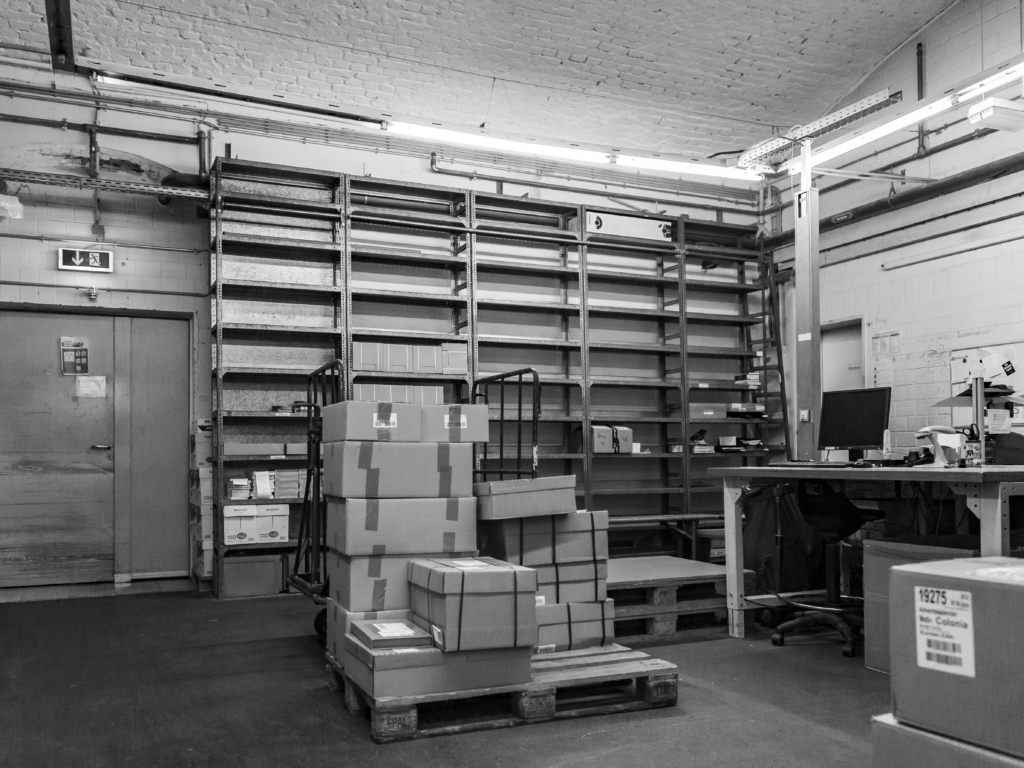In urban spaces of network societies, the ability to join groups and systems and to act within their logics is considered an essential prerequisite for participation. The photographic project “Blind Spots” is interested in the other side, in the “blind spots” of medial, social, economic and urban networks.
The project explored the frictions, conflicts, and ruptures associated with common practices of networking and connecting, their consequences for the lived spatiality and material architecture of the city. Using the camera as a research tool, the participants explored places and non-places in the urban and suburban space of Cologne. They investigated how digital technologies and platforms change everyday practices of mobility, consumption and production. The photographs developed in this process provide insight into often overlooked, unspecific, and elusive spaces of the in-between, of transit, where digital infrastructures and information materialize and new forms of algorithmic organization and control of the city unfold.
“Blind Spots” resulted in an exhibition at the Cologne International School of Design, which presented the outcomes of two weeks of fieldwork in those urban spaces of networking, standardization, and storage that enable participation while simultaneously effecting exclusion. “Blind Spots” is a project of the teaching and research area “Design Theory and Research” and was organized by Prof. Dr. Carolin Höfler and Julian Hoffmann.
Photos: @ Eva Afifah, Brendon Berisha, Fabian Georg Blum, Samuel McBride, Rita Dallal, Dimitry German, Cristiana Grácio, Robert Ben Ray Hartmann, Monique Chiara Holthuizen, Benjamin Lukas Horz, Liu Huichan, Inca Natascha Jentsch, Anastasia König, Marina Nassraween, Umutcan Öncü, Dorothea Elisabeth Schneid, Lea Sevšek, Nitzan Tuvia, Merav Vider, Jessica Martins Zisa






















